Mirrors and windows - why representing LGBT people, their lives and histories is vital within teaching and learning
14 Feb 2023
Jordan Daly, Co-Founder/Director of Time for Inclusive Education (TIE) on the chance for our young people to learn about and celebrate difference and diversity, and for LGBT young people to see themselves reflected in their learning.
Since 2021, the implementation of the LGBT Inclusive Education policy area has been underway in schools across all local authority areas in Scotland.
The purpose of this is to ensure that LGBT young people, a constituency of learners who are too often subject to prejudice and bullying, can see themselves reflected in their learning. This means learning about other people like them and knowing that it is alright to be who they are - an opportunity that many of us were denied when we were at school.
For almost eight years I have been working to change the generational cycle of intolerance and bullying that many LGBT people experienced at school, myself included. I have worked with tens of thousands of pupils in hundreds of schools across the country and in every school that I have visited, the overwhelming majority of young people report that they regularly hear the word “gay” used as an insult, alongside derogatory terms like “poof”, “lesbo”, “he-she”, and “gaydo” as part of common vernacular.
I grew up around language like that. It has been two decades since I was in primary school, when my only introduction to what being gay meant was in the context of slurs.
Consider the impact if a part of your identity, however big or small, was routinely used as a replacement for the words “rubbish”, “bad” or “embarrassing”; if many children and young people’s first awareness of a word which simply describes a part of who you are was through jokes, insults, and put-downs.
The connotations and the impact of that type of language are often under-appreciated or dismissed.
When a culture of permissible prejudice is allowed to permeate any environment, particularly in school settings, it can escalate quickly. I experienced homophobic bullying early in secondary school, and the impact of that on my confidence and self-esteem took years to overcome.
Representing LGBT people
I went through the entirety of my time in Scottish education and did not learn about anyone else like me. I had no idea that there were LGBT people who had overcome difficulties, challenged prejudice, stood up against discrimination, and were proud of who they were. I didn’t see the possibilities ahead of me because the bullying, the taunts and the slurs, encouraged me to believe that being gay was an impediment.
Not representing LGBT people, our lives, and our histories in teaching and learning contributes to the presence and regeneration of stereotypes, and the normalisation of stigma, which leads to prejudice. Education can be an incredibly powerful tool to challenge these factors, proactively preventing them from arising in the first place.
We use the terms ‘mirrors’ and ‘windows’ to explain the purpose of LGBT Inclusive Education in Scotland. This is the concept that all young people, no matter who they are, should have the opportunity to see themselves reflected in their learning (mirrors) while also being able to look through their curriculum to learn about people who are not the same as them (windows). People like gay civil rights leader Bayard Rustin - who was often by Dr Martin Luthor King’s side, and who organised the march on Washington where the ‘I Have a Dream’ speech was delivered in 1963. Or Dr Sally Ride, the pioneering astronaut and first American woman to travel to space, who was also a lesbian. Or codebreaker Alan Turing or Lynn Conway - the transgender woman who innovated chip design that continues to be used in our technology today.
That is how empathy building, understanding of difference and diversity, and recognising the commonalities amongst different communities of people are achieved.
Including a case study of a notable LGBT person from the past, for example, in a relevant part of a lesson can provide a powerful moment of recognition for the young person who has never seen themselves reflected in their learning; or, having representation of diverse families including same-sex parents, can be a pivotal moment for the child with two mums or two dads who has not yet seen their own family represented in the picture books their class is reading.
There were so many opportunities for representation in ordinary learning at school that were denied to my generation. LGBT Inclusive Education supports teachers to incorporate learning about LGBT people, our histories and contributions to society, in a relevant way.
It isn’t a one-off ‘LGBT lesson’ - it’s teaching accurately about the diversity that has always existed in our society and ensuring that a group of young people who are often excluded from their curriculum are included.
That simple representation is so important because when the next young person realises that they are gay, or lesbian, or bisexual, or transgender - if they feel that initial fear that so many of us have felt: the worry, the questioning, the shame - if they cry themselves to sleep, wondering what their life will be like as I did, there will be one day when they sit down in their classroom and learn that someone just like them was an astronaut, or a codebreaker, a computer scientist, a civil rights activist; a football player; actor; musician; artist; writer…
Fundamentally, they will learn that no matter who they are, they should be confident - no matter how many times they might be made to feel like an outsider, they too can achieve anything that they want to achieve. That is a message that every single young person deserves to hear.
Teachers - click here to access resources and professional learning about LGBT Inclusive Education on the national platform: lgbteducation.scot
Parents and carers - click here to find out more about LGBT Inclusive Education: tie.scot/info
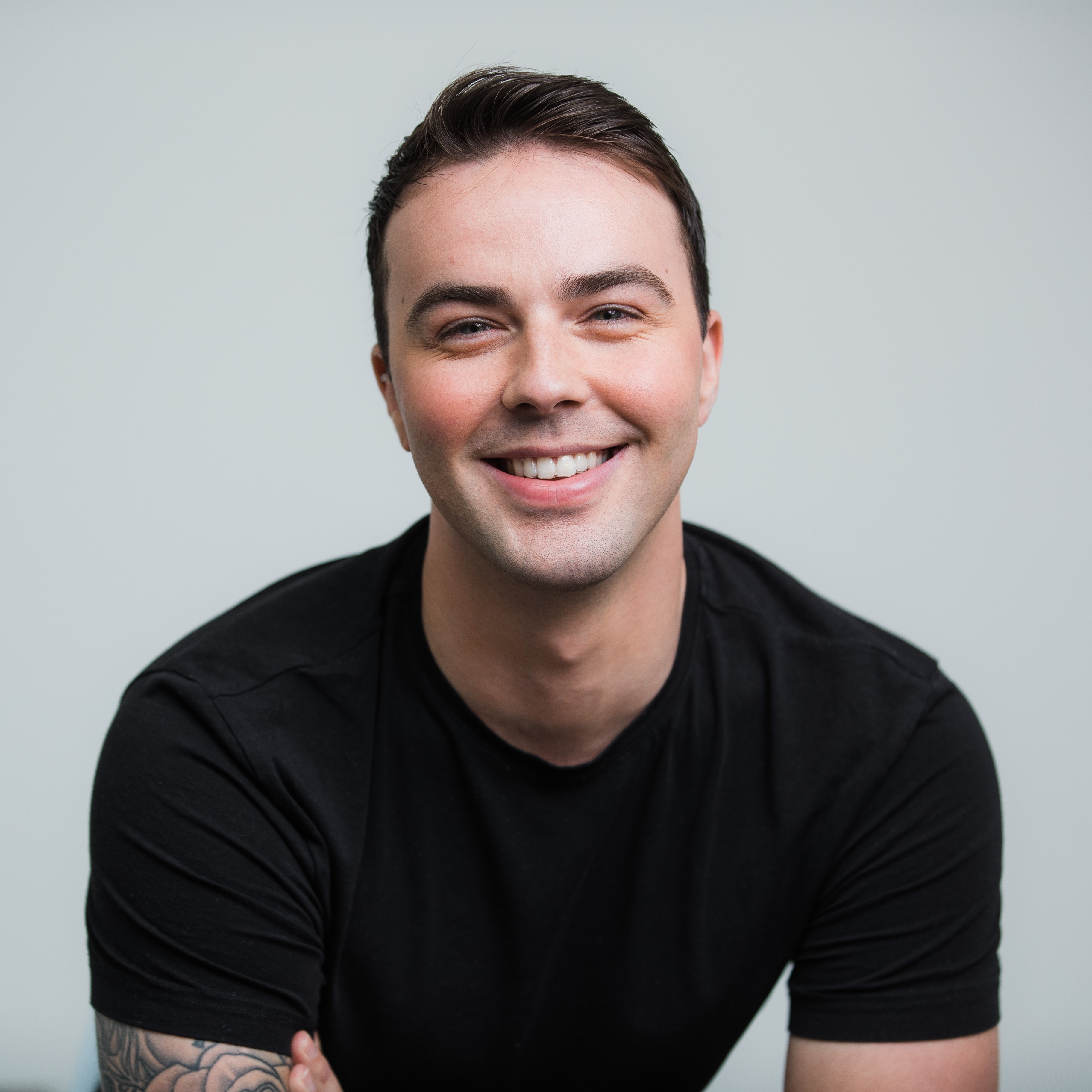
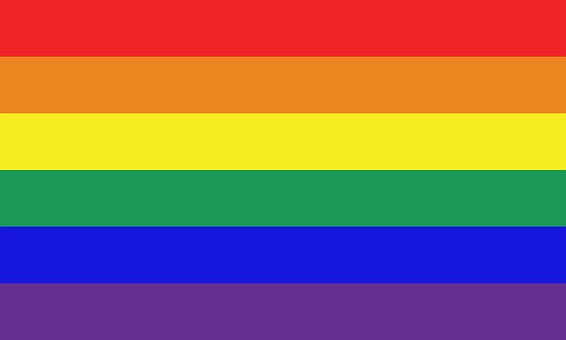
Teaching resources
Access quality resources and professional learning to support the implementation of LGBT Inclusive Education
Click here to access
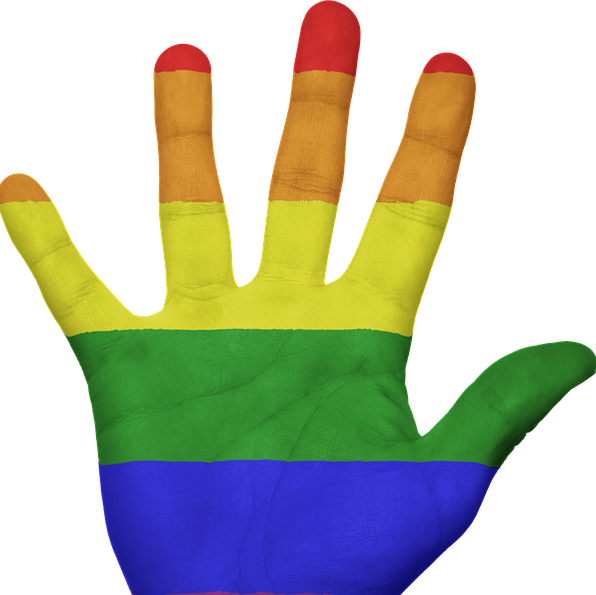
Blog: Why focus on LGBT issues
Raising awareness of discrimination reflects our fundamental values, writes Simon Massey
Click here to access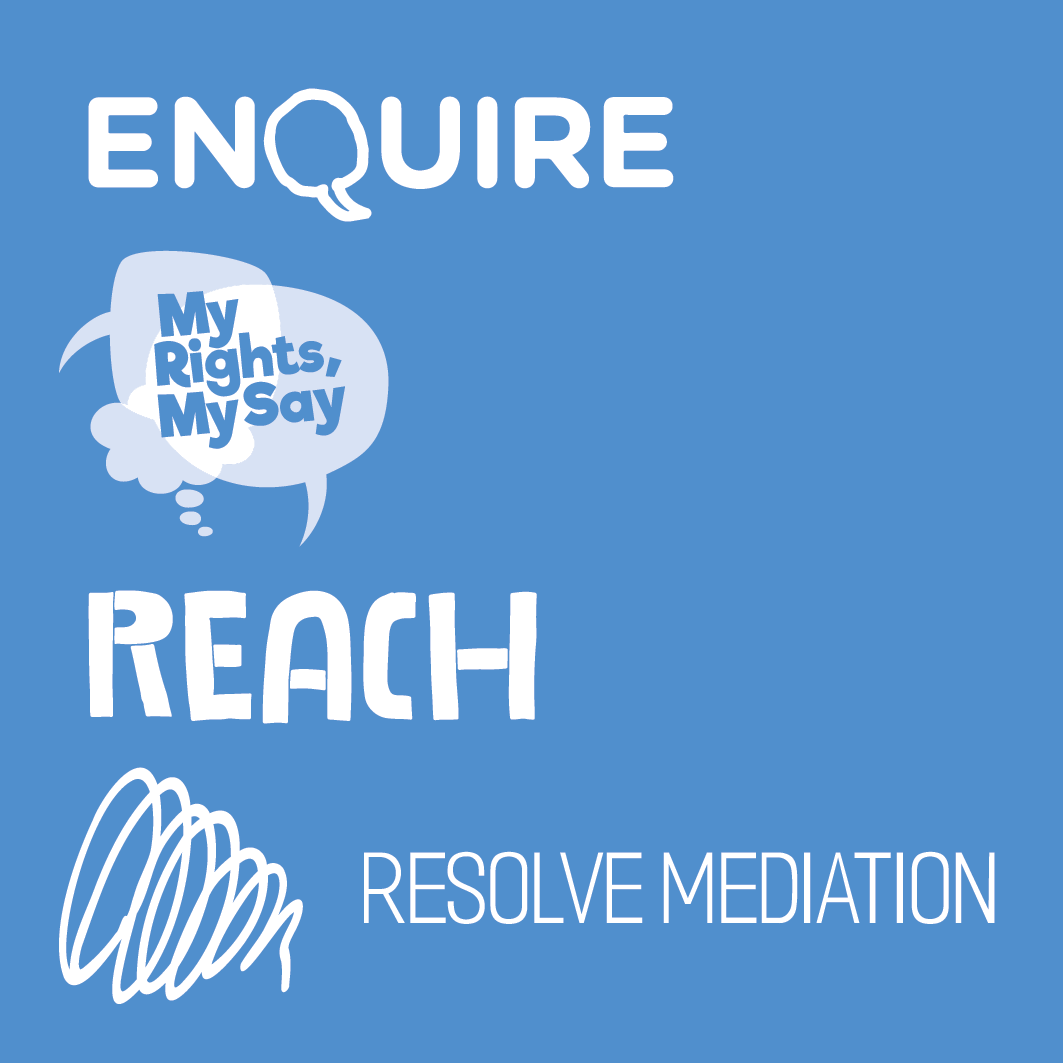
Our services
We offer we offer a range of services that provide support, advice and representation for children and families
Click here for more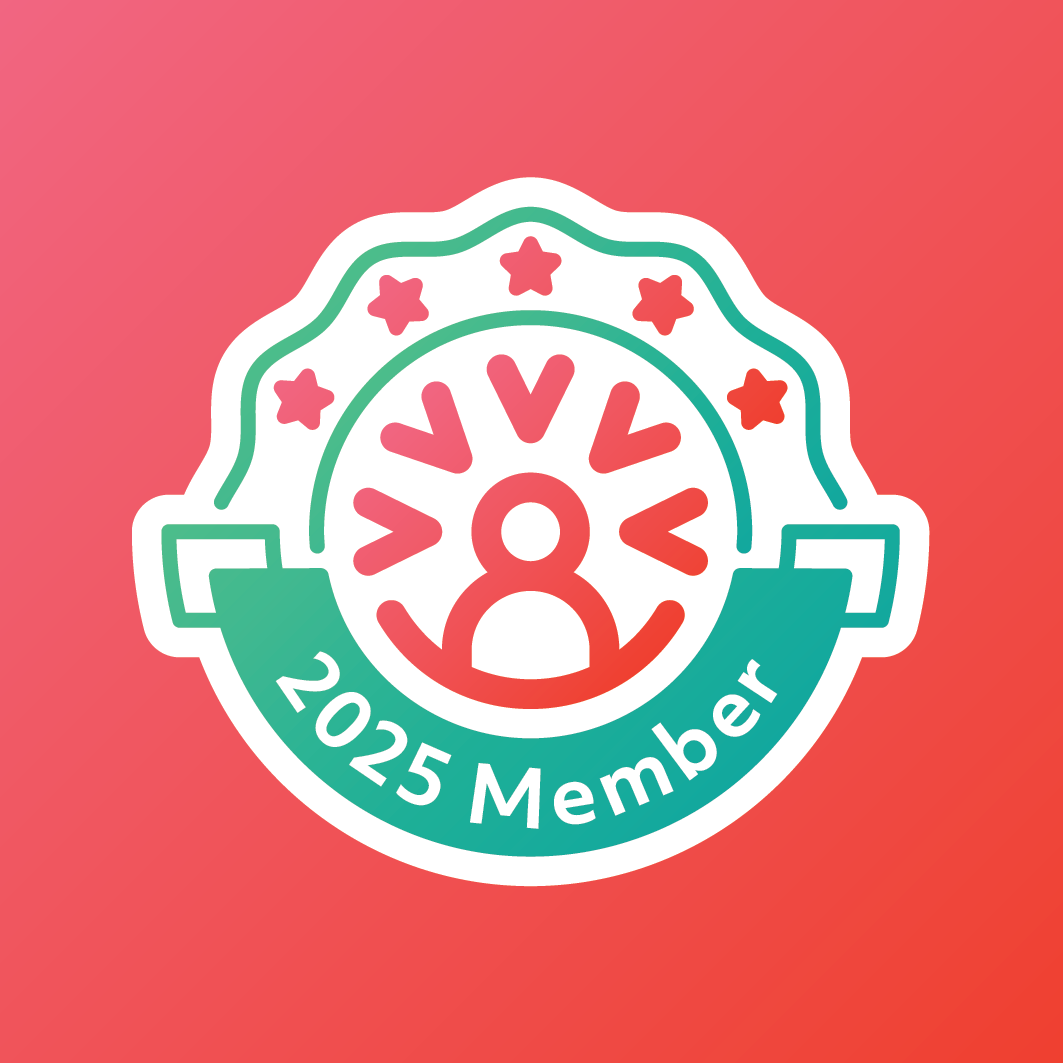
Our membership offer
Be part of the largest national children's sector membership organisation in Scotland
Click here for more